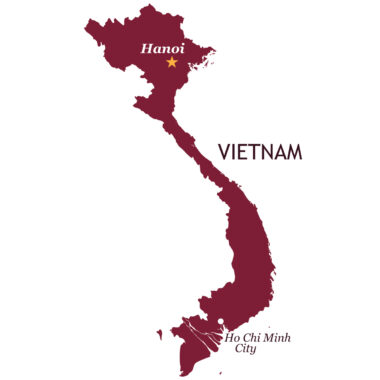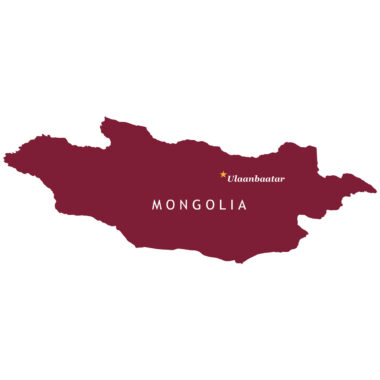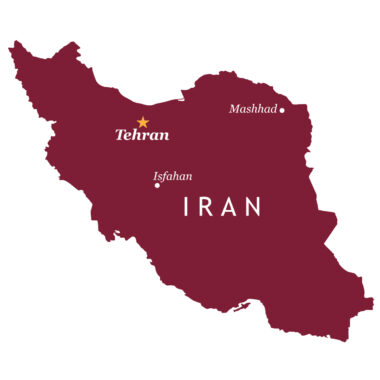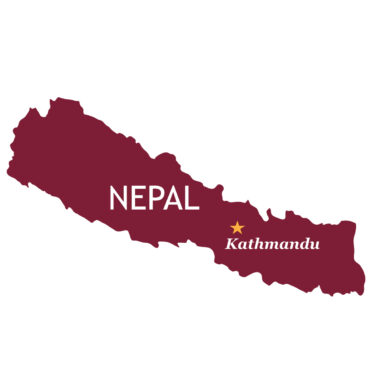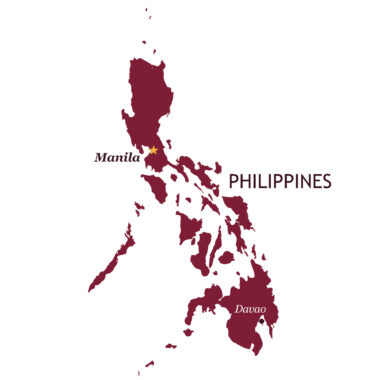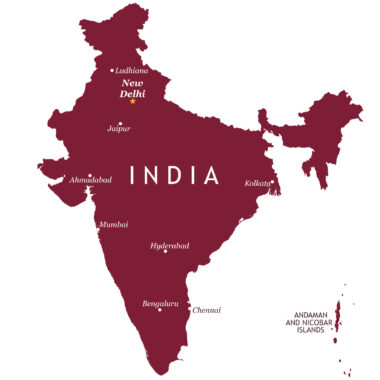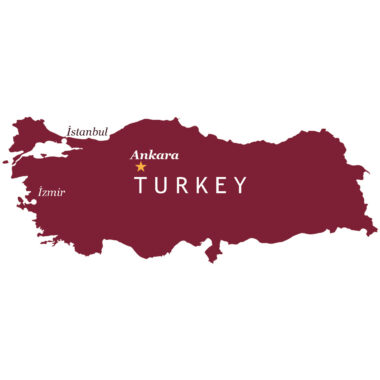Welcome to Asia
Click a country to explore.
There are so many ways for kids to learn about Asia in their Asia unit study. Here are a few fun facts about Asia and a breakdown of Asia’s regions to get you started.
A bit about Asia
Asia is the largest of the continents. It covers approximately 30% of the world’s land area. It is also the most populated.
Asia is bordered by the Arctic Ocean on the north; the Pacific Ocean on the east; the Indian Ocean on the south; and the Ural Mountains, the Caucasus Mountains, and the Caspian and Black Seas on the west.
There are 48 countries in Asia.
Asia is home to both the highest point and the lowest point on Earth. (These are Mount Everest and the Dead Sea, respectively.)
Asia is the birthplace of all the world’s major religions: Buddhism, Christianity, Hinduism, Islam, and Judaism.
Regions in Asia
Asia is often divided into 6 large regions. When kids learn about Asia for a classroom or homeschool geography unit study, it may be helpful to break the Asia unit into sections like these.
North Asia (Siberia)
North Asia, consisting of much of Russia and northern Kazakhstan, is very cold year-round. Because of the harsh conditions, not many people live in this region.
Central Asia
Central Asia includes Kazakhstan, Kyrgyzstan, Tajikistan, Turkmenistan, and Uzbekistan. This region is between the Caspian Sea and China.
This is the region that played an important role in the era of the Silk Road trading line between China and Europe. Because of this, you find many spices and influences from the traders.
East Asia
East Asia, including China, Japan, Mongolia, North Korea, and South Korea, is home to a fifth of the world’s population.
Southeast Asia
Southeast Asia includes Brunei, Cambodia, Indonesia, Laos, Malaysia, Myanmar, Philippines, Singapore, Thailand, Timor-Leste, and Vietnam. The region is made up of thousands of islands and a coastal strip of the mainland.
Here you find a lot of rice farms, since the region gets a lot of rain, making it ideal for growing rice.
South Asia
South Asia includes Afghanistan, Bangladesh, Bhutan, India, Iran, Maldives, Nepal, Pakistan, and Sri Lanka. There are many mountain chains in Southern Asia, including the Himalayan Mountains.
Almost one-quarter of the world’s population lives in India, in this region.
West Asia (Middle East)
West Asia (known as the Middle East) includes Armenia, Azerbaijan, Bahrain, Cyprus, Georgia, Iraq, Israel, Jordan, Kuwait, Lebanon, Oman, Qatar, Saudi Arabia, Palestine, Syria, Turkey, and the United Arab Emirates. Much of this region is desert.
Highlight your homeschool Asia unit with Asian cuisine
From northern Siberia to the central spice routes, and the Middle East to the eastern islands. Asia has so much cuisine to explore.
Bring your students’ classroom or homeschool Asia unit study to life! Incorporate easy Asian foods that kids can help make, with fun flavors that will expand their palate.
Here are three easy dishes to get you started.



Explore Asia
There are 48 countries in Asia. We’ll be adding more soon!
Vietnam
Located in Southeast Asia, Vietnam’s cuisine tells a story of Vietnam’s nature, philosophy, and history. It’s all about balance.
Mongolia
Home to the largest empire the world has ever known, Mongolia has a nomadic culture that is expressed through art, music, dance, and cuisine.
Iran
Located in southwestern Asia, Iran has a long and rich history and a proximity to many Asian and Arab countries, all of which has influenced its flavorful cuisine.
Nepal
Located in south Asia, mainly in the Himalayas, Nepal’s cuisine is Himalayan at its core and yet enriched by its neighbors.
Philippines
The Philippines is a country of over 7,500 islands in Southeast Asia. Filipino cuisine is rich in tradition, local produce, and seafood.
India
India is a large country in southern Asia. The cuisine varies greatly from region to region, but makes heavy use of spices and is known for its curries.
Turkey
Turkey is a large peninsula situated between Europe and Asia. The cuisine has had various influences through history.

